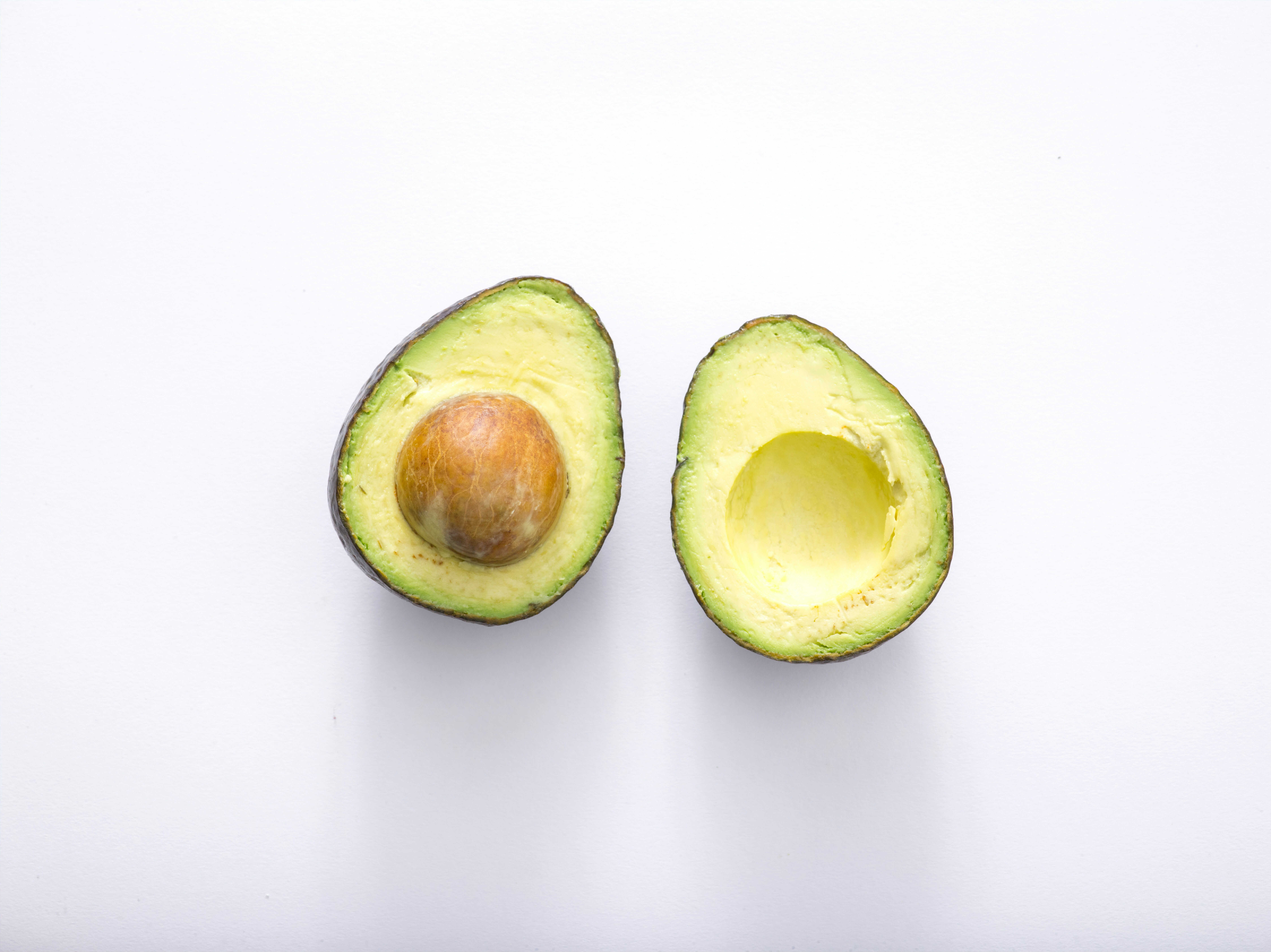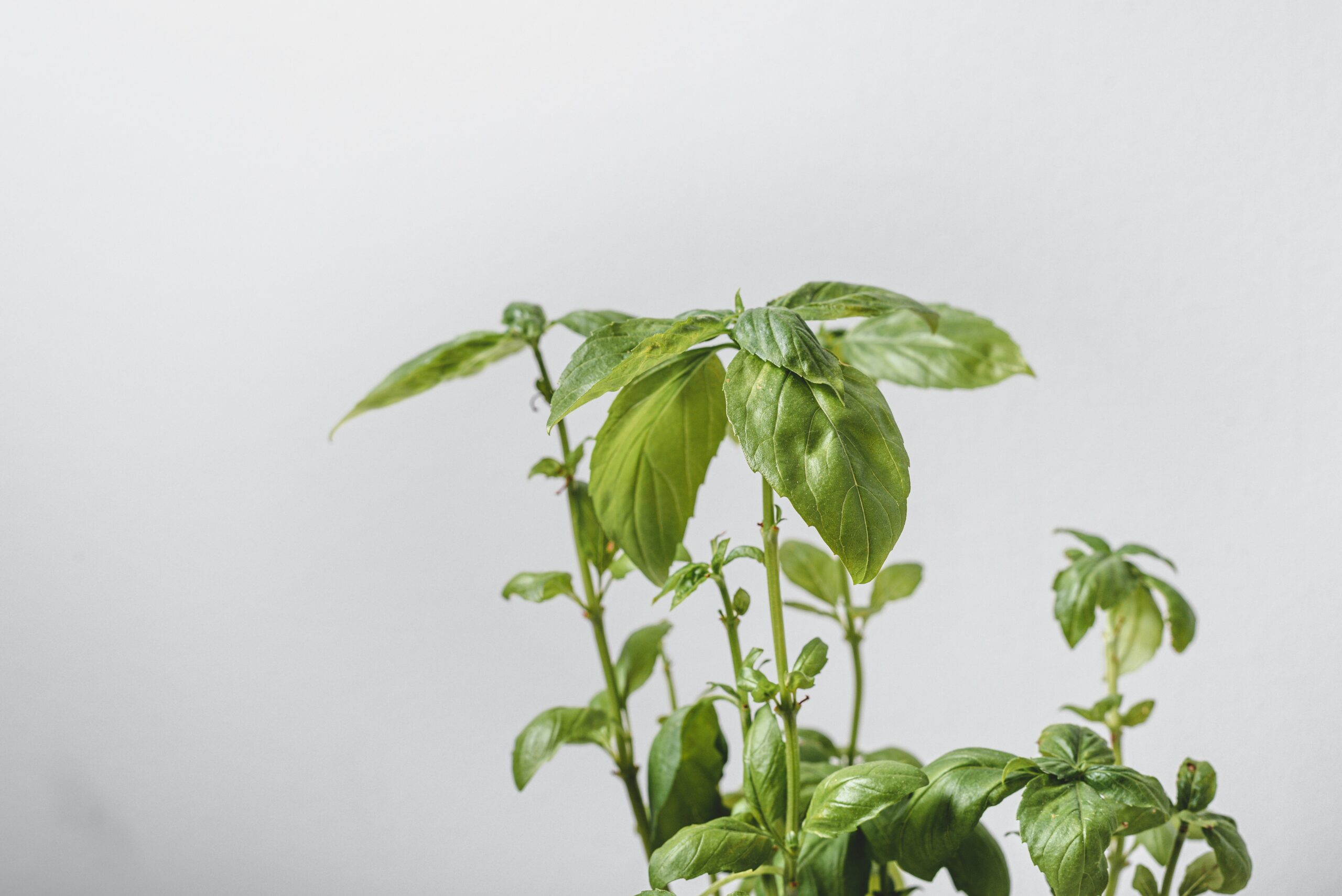How do you typically get your vegetables? Chances are, unless you are a passionate and knowledgeable gardener, you most likely obtain these items—along with the rest of the food in your home—by making a trip to the grocery store. If the idea of growing your own has intrigued you, yet the logistics of gardening are either too intimidating, time-consuming or logistically not possible if you don’t have a backyard or tiny balcony, there is another way. It starts by taking scraps, and with a little creativity, you can grow your own favorite foods.

Avocados
The avocado is cherished for its creamy texture and versatility…but it also has a very short window to enjoy, otherwise, it’s either too ripe or not yet ready. You can grow your very own avocado tree from its humble pit and have avocados to enjoy for days.
Step 1. Prepare the avocado pit.
Begin by washing and thoroughly drying the avocado pit to remove any residue or debris.
Step 2. Insert toothpicks.
Carefully insert 3–4 toothpicks into the sides of the pit, positioning them about halfway up from the broad end. These toothpicks will serve as support when suspending the pit in water.
Step 3. Suspend the pit in water.
Next, suspend the avocado pit in a glass or jar with the broad end facing downward. Make sure the toothpicks rest on the rim of the glass, allowing the pit to remain partially submerged in water.
Step 4. Fill with water.
Fill the container with enough water to cover the bottom third of the avocado seed. This ensures that the base remains hydrated while the rest of the pit is exposed to air.
Step 5. Choose a good location.
Place the glass or jar in a warm spot away from direct sunlight. Avocado pits thrive in warmth but can be sensitive to intense sunlight, so choose a location with indirect light.
Step 6. Regular water changes.
Change the water in the glass or jar regularly to prevent stagnation and ensure optimal conditions for sprouting. Within two to four weeks, you should start to see roots emerging from the base of the pit.
Step 7. Monitor the growth.
As the roots develop, keep an eye on the growth of the stem. Once the stem reaches a height of six to seven inches, it’s time to trim it back by half. This encourages the growth of lateral branches and promotes a bushier plant.
Step 8. Transplanting into soil.
When the roots have grown thick and the stem has produced new leaves, it’s time to transplant the avocado seedling into soil. Choose a pot with a diameter of about ten inches and fill it with a well-draining potting mix. Plant the seedling with the top half of the pit exposed above the soil line, and water thoroughly. Before long, you’ll marvel at your own avocado oasis flourishing within the comforts of your home.

Herbs: Basil, Mint, and More
Herbs, with their aromatic allure, elevate dishes to culinary masterpieces. But, purchasing fresh herbs repeatedly can dent your wallet. You can easily regenerate herbs like basil, mint, and cilantro from their stems! It’s easy. Grab your leftover herbs of choice and place the stems in a glass of water. Witness nature’s magic unfold as they develop roots in a few days or weeks. Be sure to change out the water every few days to keep it fresh, and soon, you’ll have an abundant supply of fragrant herbs to infuse into your culinary creations.
Green Onions
Green onions, with their crisp texture and mild flavor, are a kitchen essential. Instead of discarding the roots after use, salvage them and immerse them in a jar of water. Within a few days, you’ll witness the resilient green shoots emerging, ready to lend their essence to your dishes once more. It’s a perpetual cycle of freshness that keeps on giving.
Lettuce
Have you ever stumbled upon a neglected head of lettuce buried in your fridge? Rather than lamenting its wilted state, salvage the base and place it in a shallow dish of water. As if by magic, the lettuce will begin to regenerate, sprouting fresh, vibrant leaves that beckon you to indulge in their crispness. It’s a testament to nature’s resilience and the beauty of regeneration.
popular posts
- 1It’s Black Business Month, So Let’s Go Shopping and #BuyBlack!
- 2These Home Decor Items Will Instantly Make Your Space Look Outdated
- 3Black-Owned Home Decor Stores To Support Across the United States
- 4A Look Inside Elon Musk's Tiny $50,000 House
- 57 Black and Multicultural Designers To Follow For Design Inspo
Kitchen

Unique Backsplash Ideas That Add Luxury to Your Kitchen
by Stephanie Taylor | January 19, 2023

These 5 Kitchen Tools Will Up Your Culinary Experience
by Arielle Clay | January 19, 2023
Spaces
Whether it’s luxury or ease, every area of your home should be as fabulous and unique as you.
Cooking a Thanksgiving Turkey for the First Time? Here’s What Not To Do
by Brittni Williams | November 21, 2023
Here are 6 Delicious Recipes for Repurposing Thanksgiving Leftovers
by Brittni Williams | November 24, 2023
FOLLOW ALONG ON INSTAGRAM
#homeandtexture
Find us on social for more home inspiration where culture, personal style, and sophisticated shopping intersect to help you create a home where you love to live.






